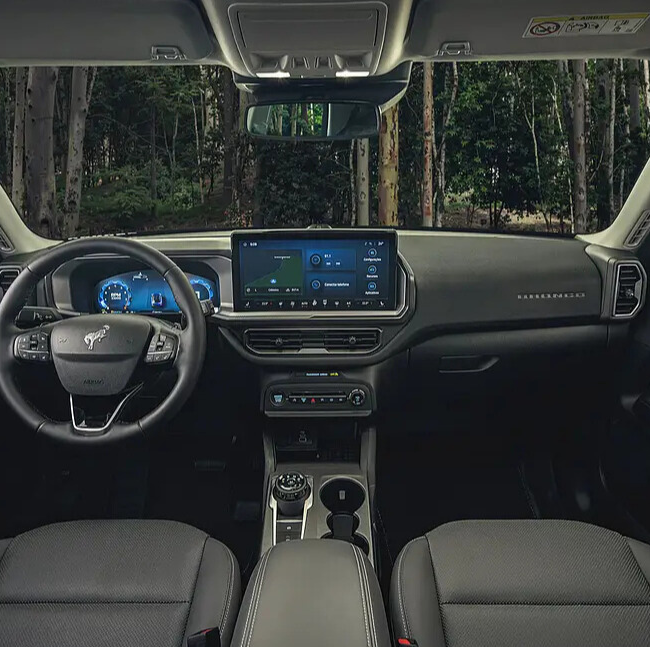News
Embedded technology: how Global's engineering validates comfort and driving experience
Discover how we apply perception engineering, NVH testing and intelligent validation to deliver more comfortable, intuitive and safer vehicles.
What makes a driving experience unforgettable? Sometimes, it’s the precise silence inside the cabin. Other times, it’s the smooth response of the dashboard controls. And most of the time, it's the invisible combination of comfort, safety, and connectivity. At Global, we turn these sensations into data. Through embedded technology, technical validation and sensory engineering, we ensure that every detail of the driving experience is validated, from the sound of a door closing to the behavior of the air conditioning system. And that makes all the difference in the final product delivered to automakers.
What is embedded technology in modern vehicles
Embedded technology refers to the set of electronic systems, sensors, software, and digital interfaces integrated into vehicles to offer greater safety, comfort, connectivity, and autonomy to the driver. Features such as driving assistants, infotainment systems, voice commands, smart climate control, and multimedia centers are examples of this new automotive standard. In practice, it transforms the car into an interactive platform, and validating each embedded component is essential to ensure a seamless, intuitive experience aligned with modern consumer expectations.
Why validating comfort and experience is strategic for automakers
Today, consumers don’t choose a vehicle based solely on mechanical performance. They want to feel good behind the wheel. They expect silence, ergonomics, quick responses, and effortless controls. That's why validating comfort and driving experience is no longer a differentiator, it's a strategic requirement for automakers aiming to lead. In this context, perception engineering takes center stage, translating subjective sensations into objective data, enabling fine-tuned adjustments with high impact on the final product.
How Global’s engineering validates embedded systems
At Global, we combine technology and technical sensitivity to validate the driving experience with precision and intelligence. We use tools such as Head Acoustics for NVH (Noise, Vibration, Harshness) tests, usage simulation robots, telemetry, and thermographic analysis — all conducted in controlled environments and specialized test tracks. We also conduct subjective assessments with trained engineers and experienced test drivers who can identify subtle comfort nuances that make a big difference in user perception.
Real cases and benefits of embedded validation
In recent projects, our work helped OEMs reduce post-launch rework related to vehicle interface by up to 40%. We also contributed to improved customer satisfaction scores through simple actions like touch-sensitive control response adjustments and low-speed cabin noise calibration. These results show that validation isn’t just about ensuring technical quality, it’s about anticipating behavior, preventing experience disruptions, and strengthening brand reputation from the first interaction with the vehicle.
Ready to elevate your project’s user experience?
At Global, we believe comfort is also engineering. That’s why we apply methodology, precision and sensitivity to validate every aspect of the driving experience. If your company wants to deliver more than performance, to deliver perception and excellence, connect with our technical team. Explore our embedded engineering solutions and elevate your project's experience.
